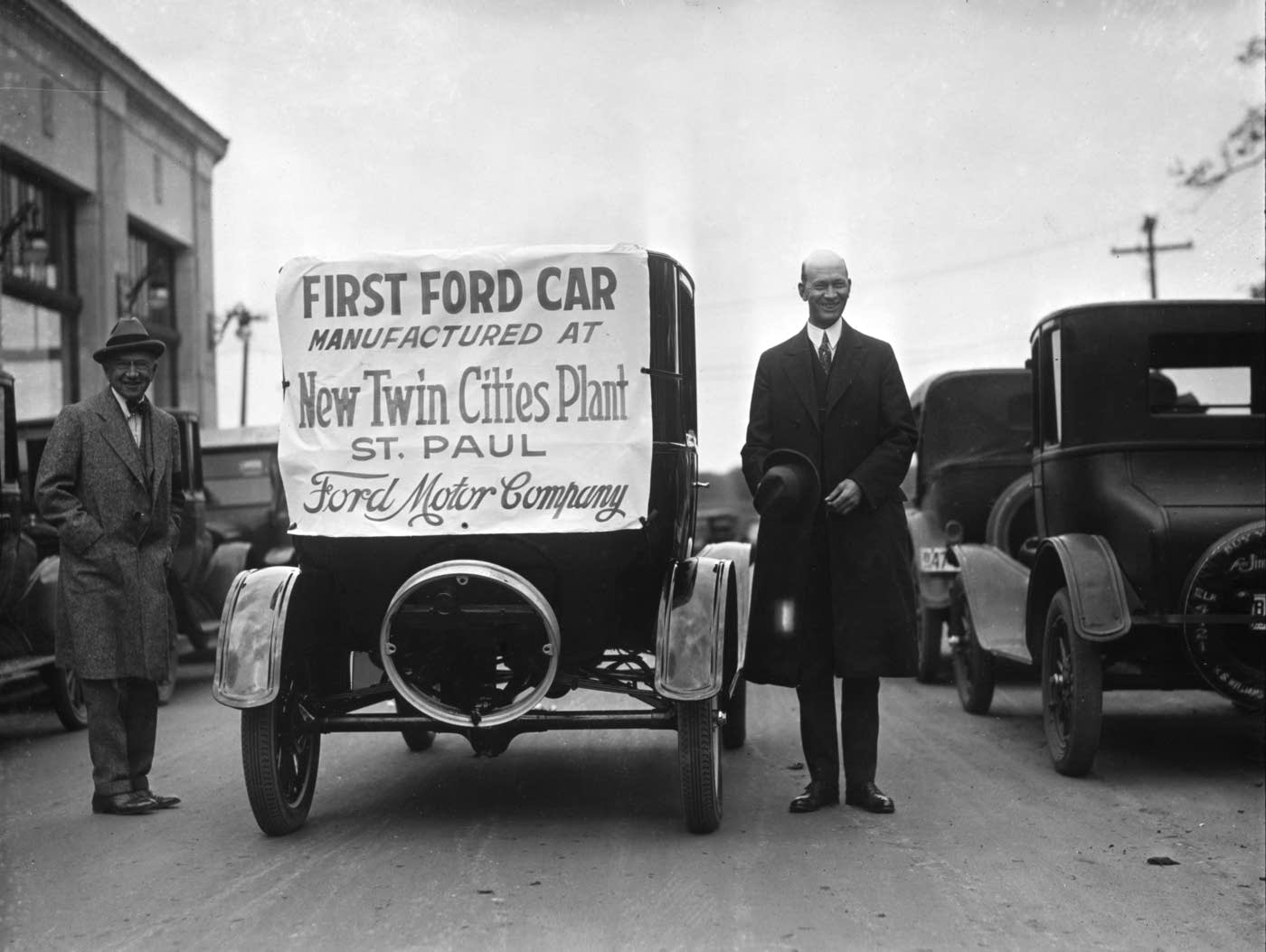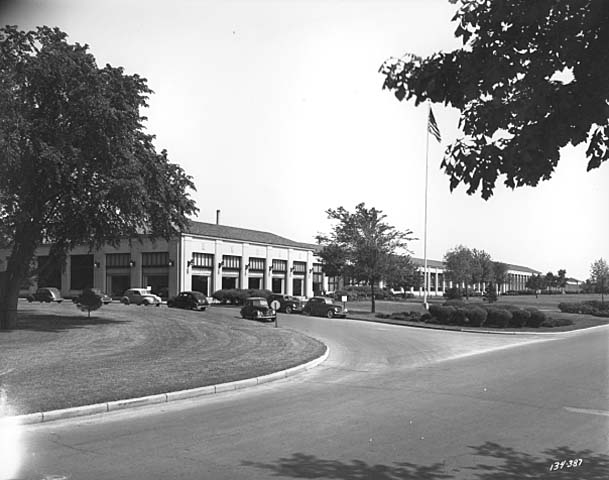On This Date In Twin Cities History - May 4, 1925

On this date in 1925, the first car assembled at the Ford Motor Company plant in St. Paul’s Highland Park neighborhood rolls off the assembly line.
The St. Paul Ford plant wasn’t the first one in the Twin Cities however. In 1912, Ford began automobile production in the Twin Cities in a warehouse in downtown Minneapolis. As automobile manufacturing technology improved, productivity increased requiring a move to a 10-story structure, also in Minneapolis, where Ford’s classic Model T was produced. At the time, the Minneapolis location was the largest car manufacturing plant in the world. However, the facility, which still stands at 420 North 5th Street, was short-lived.
By about 1920, Ford needed more space to accommodate its assembly line technology and allow additional space for growth. Construction on the St. Paul plant began in 1923 and was completed two years later.
Situated on the Mississippi River, the factory drew power from an adjacent hydroelectric dam then referred to as the High Dam. Built in 1917, the High Dam quickly became undersized for Ford’s operations. The plant required a more robust hydro-power generating facility to operate the plant. As a result, the new larger Ford Dam, officially know as Lock and Dam No. 1, was completed in 1932.
Ford also took advantage of the plentiful silica sand in the area. Tunnels and a mines were constructed directly below the St. Paul plant. Ford used the sand to manufacture windows used in their Model Ts and other models of Ford cars.
The architect of the Ford Motor Plant in St. Paul is believed to be Albert Kahn, who worked with the Boston firm of Stone & Webster. With its strikingly classical facade, the plant was originally designed facing the road. However, when Henry Ford reviewed the initial plans, he reportedly requested that the orientation of the building to be rotated 90 degrees, allowing for a sweeping view of the Mississippi River.
The original facade of the plant had very large windows that provided a view directly into the assembly line. This allowed visitors to view automobiles in their various states of completion. A 1968 expansion of the plant however, destroyed much of this facade, replacing the glass with solid walls.
Over the years, Ford manufactured numerous models at the St. Paul plant including the Model T, Model TT truck, Sportsman convertible, Galaxie and LTD. After building a mix of vehicles, the plant converted to all-truck production in 1978.
Ford suffered from the economic downturns of the late 1990s and 2000s and as a result, looked to close the plant in 2007. However, talks between local politicians and Ford management managed to push that deadline to 2008, then 2009, and then eventually to 2011. Finally, On December 6th, 2011 the last vehicle completed at the plant, a Ford Ranger Pickup, rolled off the assembly line. At the time of its closure, the St. Paul plant was the oldest one in operation for the Ford Motor Company.
From 1925 to 2011, over 7 million vehicles and 45 different models were produced at the St. Paul Ford plant. At its peak, the factory employed 1,800 union auto workers in the 2 million-square-foot facility located on 157 acres along east side of the Mississippi River.
On June 10, 2013, demolition of the St. Paul Ford plant began and took two years to complete with environmental cleanup following.
Today, the City of St. Paul, Ford Motor Company and Ryan Companies are working together to redevelop 135 acres of the former plant site overlooking the Mississippi River. According to the city of St. Paul’s website, the vision for the site is a “connected, livable, mixed-use neighborhood.” The site “will be woven into the existing community, and support walking, biking and transit, and provide services, jobs and other activities.”


